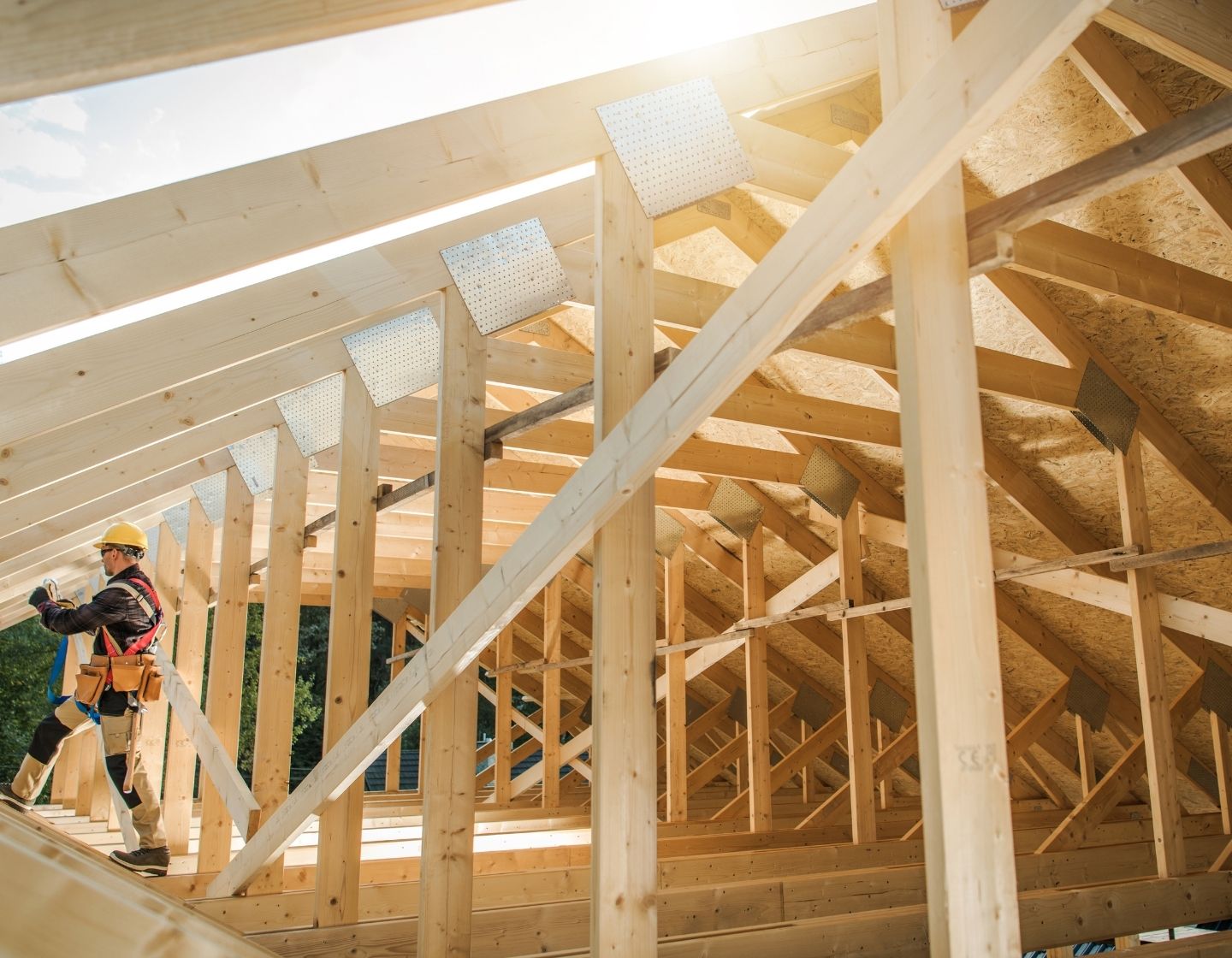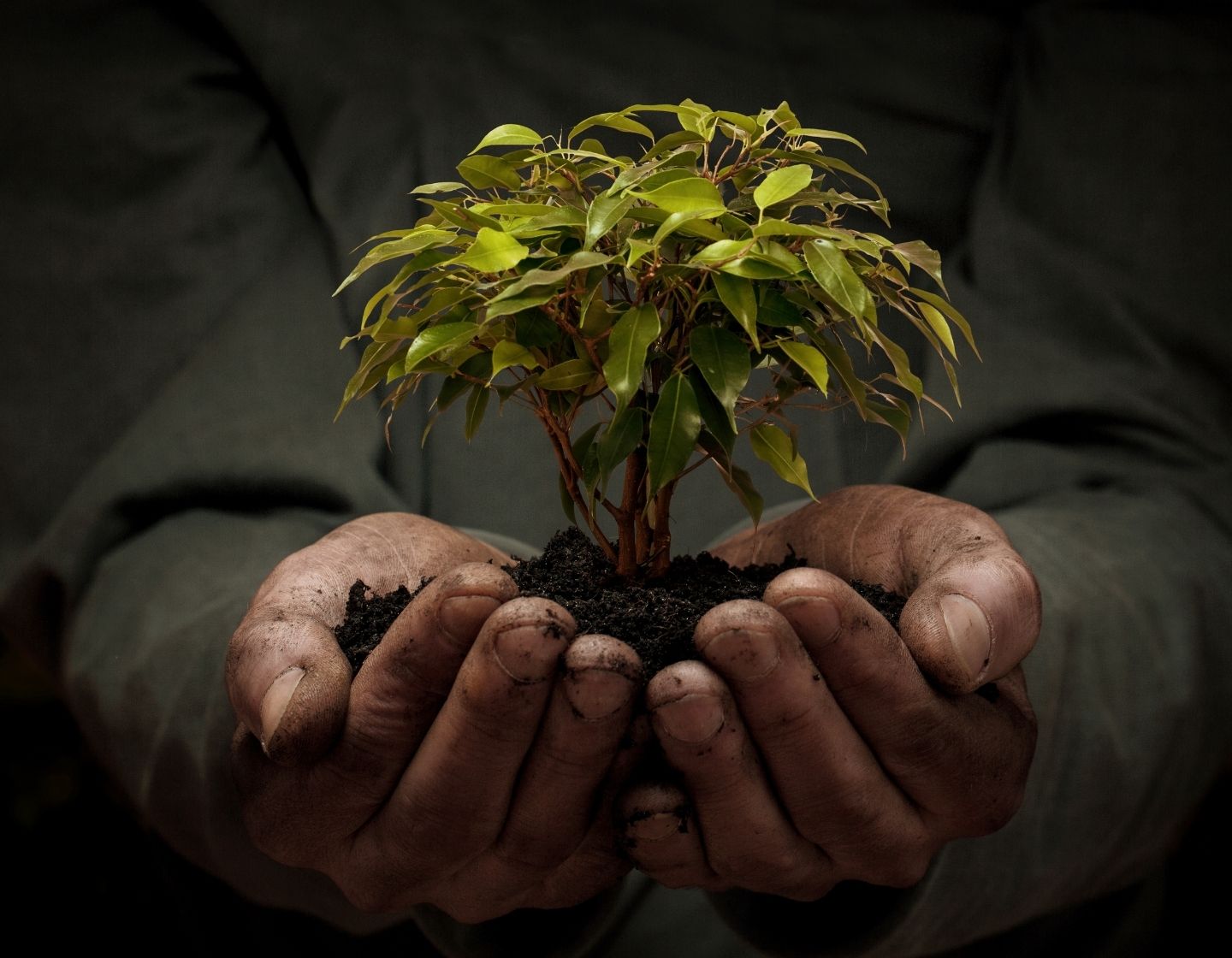What happened in the world of sustainability in September?
Can you believe it’s officially autumn? I can’t. Although we haven’t enjoyed much sunshine this year so I’m not ready to put away my summer wardrobe just yet. As always, we like to give you the sustainable round-up of the month so let’s see what September brought us!
Is the red carpet becoming more sustainable?
Once upon a time, the red carpet was all about the hottest or most controversial celebrity outfit but today, it’s about more than just a designer label. Today, sustainability is almost as important as how it looks.
For example, Northern Irish singer and presenter Hannah Peel turned heads at this year’s Mercury Prize ceremony. She was wearing an eye-catching rainbow dress inspired by the Pantone colour chart. Peel told the BBC that its designed Kitty Joseph made the dress from eucalyptus trees, grown and harvested in the world’s driest regions.
She continued, “There’s no chemicals, it uses 90% less water than it would if it was another material. And it’s got a beautiful flow to it” – beautiful and sustainable!
Although the fashion industry currently accounts for 10% of global carbon emissions and almost 20% of wastewater, conversations around sustainable fashion are undoubtedly progressing. The London Fashion Show that took place in September is a great example of this. The show was centred around sustainability and circularity with webinars, catwalk shows and events throughout London encouraging change in the industry.

Could wooden buildings be the key to our future?
You may think this headline sounds problematic – what about fires?! But the Horyu-ji Temple in Japan is the perfect testimony. It is the world’s oldest surviving wooden building, it’s made from cypress trees felled over 1,400 years ago and it stands at five storeys. Impressed?
It is living proof that buildings made from timber can be durable, pleasing to the eye and can even combat climate change.
The BBC found that if we made 90% of our buildings from wood instead of concrete and steel, we could reduce global CO2 emissions by 4% – more than the total carbon footprint of flying! As trees naturally absorb CO2 from the air as they grow, it is then stored in the beams and panels of buildings, this is a process called carbon capture.
Fun fact: the timber in the Horyu-ji Temple contains CO2 absorbed from the 7th century!
This has been adopted in Austria and Norway. They’ve recently completed 85m ‘plyscapers’ using cross-laminated timber (CLT). This is where conifer planks are layered at 90 degrees to each other in three to seven tiers, which are then glued together to create chunky plywood. The strength-to-weight ratio of these sturdy panels is better than concrete.
These panels are suitable for walls, floors, roofs and even lift shafts. No need to worry about fires because when combined with heat-resistant glue and cladding, they can match or exceed the fire resilience of conventional buildings.

Koko ATMs are dispensing green fuel in Kenya
In Kenya, most people cook over wood or charcoal but this causes serious health issues and almost 300 people die a week from household pollution.
A startup company called Koko has created an ATM that dispenses eco-friendly bioethanol made from sugarcane. There are currently 700 ATMs in Nairobi and they can be refilled for Koko stoves.
This is fantastic regarding health concerns, but charcoal is super unsustainable for our planet too. It causes two million hectares of deforestation each year and has wiped out a third of Africa’s forests in 30 years. Replacing charcoal with bioethanol will prevent five tons of CO2 pollution a year and will preserve forests and the species living in them.

A report reveals that one in three wild trees face extinction
According to a new report by the Botanic Gardens Conservation International, “State of the World’s Trees”, at least 30% of the tree species now face extinction in the wild. Experts believe that 17,500 tree species are threatened which is twice the number of threatened mammals, birds, amphibians and reptiles combined.
Wild trees at the most risk are dipterocarps (large tropical trees) being lost to palm oil plantations. Oak trees are being lost to farming and development in Latin America. Ebony and rosewood trees are being felled for timber in Madagascar. Ash trees are dying from disease in the UK. And more!
The report further reveals that the biggest threats to trees are:
- Forest clearing for crops – impacting 29% of species
- Logging – impacting 27% of species
- Clearance for livestock grazing or farming – impacting 14% of species
- Clearance for development – impacting 13% of species
- Fire – impacting 13% of species
Don’t despair, the report outlines conservation action to reduce threats and recover wild tree populations. You can read the full report here.

Women demand to play a greater role at COP26
The needs of women are reportedly being overlooked in the global climate crisis and COP26 came under fire last year due to the all-male top team. Now, 45% of the COP26 unit are women and there will be a day devoted in the summit to tackle gender issues.
The Global Women’s Assembly for Climate Justice laid out a call to action at the UN general assembly and more than 120 groups have signed the call. It wants world leaders to not only end fossil fuel expansion and move to 100% renewable energy but also:
- Promote women leadership and equity
- Recognise the human right to water
- Improve food security
- Protect forests, oceans and other ecosystems
It highlights the huge role that women play in many countries that climate change directly affects – women are responsible for gathering fuel, water and food. Plus, women often lack land rights and are more likely to be displaced in climate disasters. Studies have even found that the climate crisis increases gender-based violence against women.
On the flip side, many solutions to the climate crisis directly benefit women. For example, replacing cooking fires with solar stoves reduces air pollution that affects women and children the most. And, bringing clean renewable energy to low-income countries enables more girls and women to gain access to education, as without electricity they often lack the means to study.
As always, I am greatly humbled when I read the news. It is no secret that many of us are extremely privileged, especially when it comes to sustainability and having the option to choose it so easily.
Here at SaveMoneyCutCarbon, we want to make choosing sustainability as easy as possible, which is why we created our Home Club. Enjoy all of our club benefits such as unbeatable pricing, planet points, priority order dispatch and exclusive offers – all for a low monthly fee.
